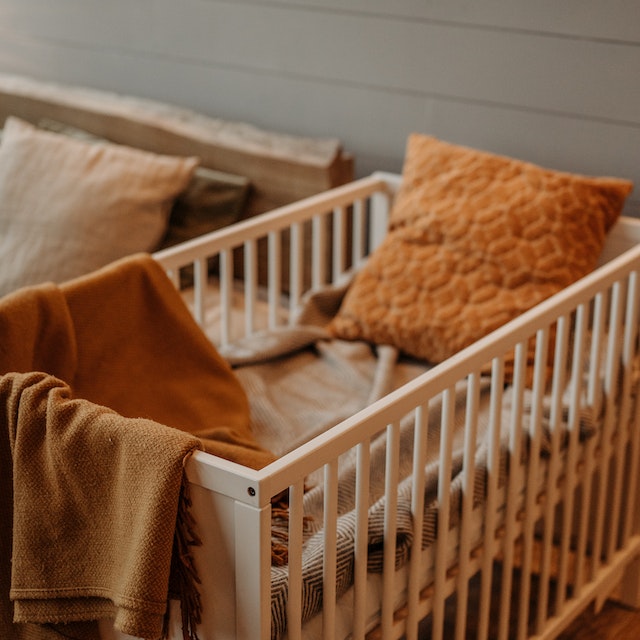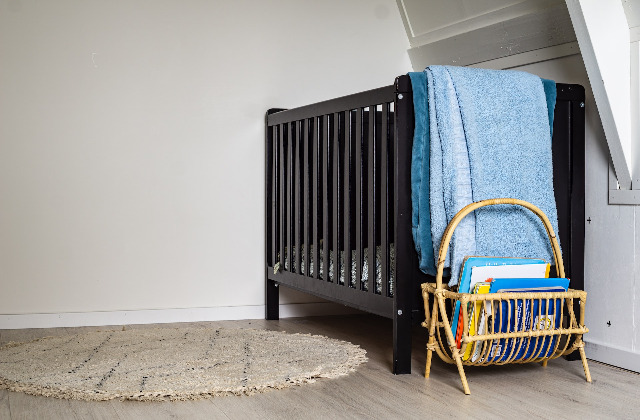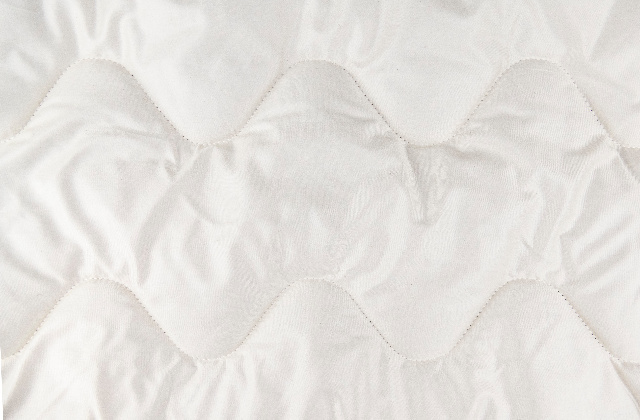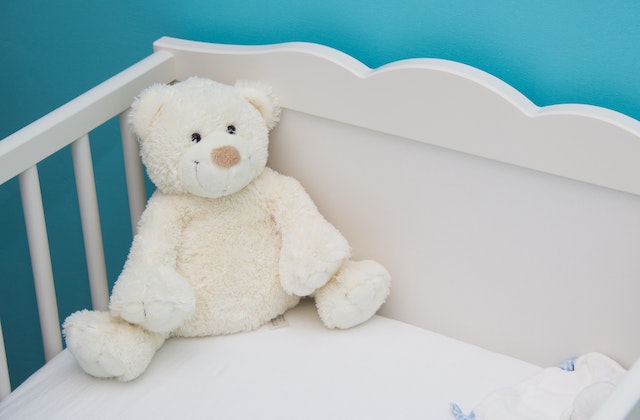
During the first few months of a baby’s life, they spend a significant amount of time sleeping. Ensuring that they sleep well is crucial for their development and overall well-being. As expectant mothers embark on the journey of preparing for their baby’s arrival, one question that often arises is, “How many crib sheets do I need?”
The preparation for a new baby’s arrival involves numerous tasks, and pregnancy itself can leave mothers feeling tired and worn out. With limited time and energy, it becomes essential to prioritize and focus on creating a nurturing environment for the baby. Among these priorities, setting up a warm, safe, and cozy crib for the baby’s sleeping hours takes center stage.
Now, let’s address the query of how many crib sheets are needed. The answer depends on various factors, including personal preferences, laundry routines, and the baby’s habits. It’s advisable to have multiple crib sheets on hand to ensure a seamless transition during those inevitable nighttime accidents or spit-ups.
While it is possible to get by with only two to three crib sheets, having around four to six sheets is generally recommended. This quantity allows for rotation, especially since babies have a knack for making messes. Having spare sheets available ensures that you can promptly change and clean them when necessary, without compromising your baby’s comfort or disrupting their sleep routine.
Do I Need Crib Sheets?
When it comes to providing a safe and comfortable sleeping environment for your baby, it is important to prioritize their needs. The American Association of Pediatrics (AAP) recommends that infants should be placed on a firm sleep surface covered by a fitted sheet, without any additional bedding or soft objects. This precautionary measure is crucial in reducing the risk of Sudden Infant Death Syndrome (SIDS) and suffocation.
To ensure a safe sleeping environment, it is essential to keep the crib free from hazards such as cords, wires, toys, or cushions that could pose a risk of strangulation or suffocation to your baby. By adhering to these guidelines, you can create a secure and peaceful space for your little one to rest.
When it comes to choosing bedding for your baby’s crib, it is advisable to opt for crib sheets that are approved and specifically designed for infant use. These crib sheets provide a safe and comfortable surface for your baby to sleep on. It is important to wait before introducing any additional bedding items, as they may pose potential risks to your baby’s safety.
By selecting the right crib sheet and maintaining a hazard-free sleeping environment, you can ensure your baby’s comfort and well-being during their precious sleeping hours.
How Many Crib Sheets Do I Need?

There is no one answer for how many crib sheets you need. It all depends on your baby and your family, but your choices depend largely on how often you do your laundry. Your baby is going to contribute a lot to the dirty clothes that will be piled up in the laundry.
The reality is that babies are messy little creatures. They often spit up, drool, sweat, and have diaper leaks in their beds. With the frequent mishaps that are bound to happen, it is safe to say that you will spend your week doing a lot of laundry.
A general rule is to always have at least three;
- One on the mattress
- One clean sheet in the closet, and
- One in the laundry
Other Things To Consider
- Laundry: Will things be easy to clean up quickly?
- Family size: How much are these laundry loads? How fast can things turn around?
- Space: Does your closet barely fit your bed sheets, or do you have a little more room?
- Support: Is there anyone around you who can help you with the laundry?
So, after putting certain things into consideration, how many crib sheets do you need?
If you are interested in having as minimal baby gear as possible, three fitted crib sheets are the best option for you. This allows you to, as a general rule, have one in use, one in the laundry, and one backup in the cupboard.
I would recommend putting in between 3 and 5 crib sheets if doing laundry is not something you are a fan of in your home or you are more concerned about frequent leaks and blowouts.
However, pay attention to your baby. Some babies rarely have spit-ups, diaper leaks, or blow-outs, and 4 or 5 crib sheets may be too much.
What To Consider When Buying A Crib Sheet

Choosing the perfect crib sheets for your precious little one requires more than just focusing on aesthetics. While it’s tempting to opt for the cutest designs available, it is essential to prioritize practicality, comfort, and safety. Here are some important details to consider when selecting crib sheets:
1. Breathability
Babies sweat a lot. This is even more of an issue as newborns spend most of their time lying on their backs unless they are held. They don’t move much, which limits the amount of airflow they receive.
The sheets you buy should be made of naturally breathable fabrics to keep them cool and comfortable while they sleep.
2. Fit
This crib must be comfortable. You need to make sure that the sheet fits the crib mattress properly, that the mattress fits snugly in the crib, and that there are no gaps around it.
This is important because your baby’s cradle should provide a safe sleeping and resting environment. As babies grow, they tend to move and wriggle during sleep.
You can keep your baby from slipping out by using a sheet that fits snugly over the mattress. Even if they writhe in their sleep, they don’t gather and pose a potential danger.
3. Material
A newborn baby’s skin is sensitive to everything it touches. I recommend choosing hypoallergenic sheets. The term hypoallergenic is used to describe products, specifically cosmetics and fabrics that contain fewer allergy-producing substances known as allergens.
If you are concerned about allergens or the effect of sheets on your baby’s skin, the best materials for crib sheets are bamboo, flannel, polyester, and cotton— choose the option that fits your budget.
4. Durability
Durability is key to anything you buy. However, this is especially important if you don’t buy a lot of sheets and plan to put them in the washing machine more often. The more often you wash your crib sheets, the more durability they need to last longer.
So, choose a quality brand to avoid buying more sheets when they fall apart.
5. Comfort
A baby’s skin is very delicate, so choosing a soft sheet will not only be comfortable but also gentle on sensitive skin. Your baby will sleep hours and hours in these sheets for years, so comfort is a must.
Benefits Of Using Crib Sheets

1. Less Sweating
The materials used in bed sheets often give your baby more breathability. This means it helps keep your baby cool and minimizes sweating.
2. Safe Fit
Sheets for cribs and bassinets are often made in a form-fitting style. This means it has an elastic bottom (and sometimes straps) to keep the sheets snug on the mattress. This keeps the seat taut and prevents it from curling up every time your baby moves. Fitted sheets for cradles and bassinets are safer for babies.
3. Mattress Protection
The first thing you need to know about crib and bassinet sheets is that they’re designed to protect the crib mattress. This means the mattress will last longer. Some crib sheets come with a waterproof lining sewn in at the bottom of the sheet.
What Size Of Crib Sheets Do I Need?
There are two main categories of crib mattress sizes. The standard and mini sizes. The crib sheet size you choose depends on your child’s crib. Measure your baby’s crib size before buying sheets for it.
1. Standard Crib Sheet
A standard crib sheet measures 52 inches by 28 inches. A standard crib sheet fits a crib mattress up to 8 inches thick.
2. Mini Crib Sheet
If you opt for a mini crib, the mini version of crib sheets is 24 inches by 38 inches in size.
How Often Should I Change Crib Sheets?
Your baby spends a significant portion of their waking hours in the crib, resulting in the accumulation of various bodily fluids. From drool to sweat, and even remnants of vomit, it’s essential to address these hygiene concerns. Monitoring the situation and ensuring cleanliness and comfort are key aspects of caring for your little one.
It is crucial to change your baby’s bedding one to two times a week, even if the crib sheets don’t exhibit visible signs of dirtiness. By proactively maintaining a clean environment, you can ensure your baby’s comfort and minimize the risk of illness.
Unfortunately, it’s inevitable for babies to experience occasional illnesses as they adapt to the world around them. Infectious diseases and illnesses can easily make their way into the home, potentially contaminating your baby’s clothes, toys, and bedspreads. During such unfortunate sick days, it becomes necessary to change the bedding as frequently as you change their diapers.
This is why it is vital to prioritize the regular changing of your baby’s bedding, especially during times of illness when daily changes may be required. Whether your baby sleeps in a crib or a bassinet, clean sheets are essential for their well-being and overall health. By ensuring a hygienic sleeping environment, you contribute to your baby’s comfort and help promote their overall health and development.
Will Swaddling Keep Your Crib Sheets Clean?
Another thing to consider is whether to keep your baby swaddled or left uncovered. Of course, if you decide to swaddle your baby, the sheets will stay cleaner longer and you will only need to change the sheets every 3–4 days.
If you swaddle your baby, make sure he/she gets a new one at least once a week. Please lay out the sheets. Replacing it will keep your baby in a single position and allow drool and moisture to move through that extra layer to ruin your sheets.
Crib sheets are a must-have for any new parent. They are not optional! Your sheets should be changed frequently. Babies drool, spit, poop, and sweat in their diapers, and the sheets tend to collect dust, so it is important to change them frequently.
If you change your baby’s sheets once a week, you should have at least 2-3 sets of sheets. This ensures that you have a clean backup to change if your baby gets the sheets dirty.
If you plan to change your baby’s sheets more often. You should have at least 6-7 extra sheets. However, this is not necessary only if it’s a result of personal preference, or if you have a reflux baby who vomits a lot.
Crib Sheets And Baby Safety
Creating a safe sleeping space for your baby is crucial in reducing the risk of infant mortality. The number of crib sheets you’ll need for your little one is a personal decision that depends on your family’s unique circumstances.
Furthermore, many parents enjoy coordinating their crib sheets with the overall nursery decor, and there are numerous adorable options available. When purchasing crib sheets, it’s important to consider not only comfort but also safety.
Regardless of the style or quantity of crib sheets you choose, always prioritize your baby’s safety above all else.
Conclusion
Determining the exact number of crib sheets you should have is subjective and varies based on personal preferences and experiences. It’s a decision that is influenced by your unique lifestyle and circumstances.
If you were to ask a group of moms about the number of crib sheets they own, you would likely receive a range of different responses. There is no one-size-fits-all answer. However, a general recommendation would be to start with a minimum of three and consider having up to eight sheets in total.
Having at least three crib sheets allows for rotation and ensures that you have a clean one available when others are in the laundry. By having multiple sets in reserve, you can maintain a comfortable and hygienic sleep environment for your baby.
Ultimately, the number of crib sheets you choose to have should be based on your personal needs and preferences. Observing your lifestyle and considering factors such as convenience and frequency of laundry will help you determine the ideal number of crib sheets for your family.
Leave a Reply
You must be logged in to post a comment.